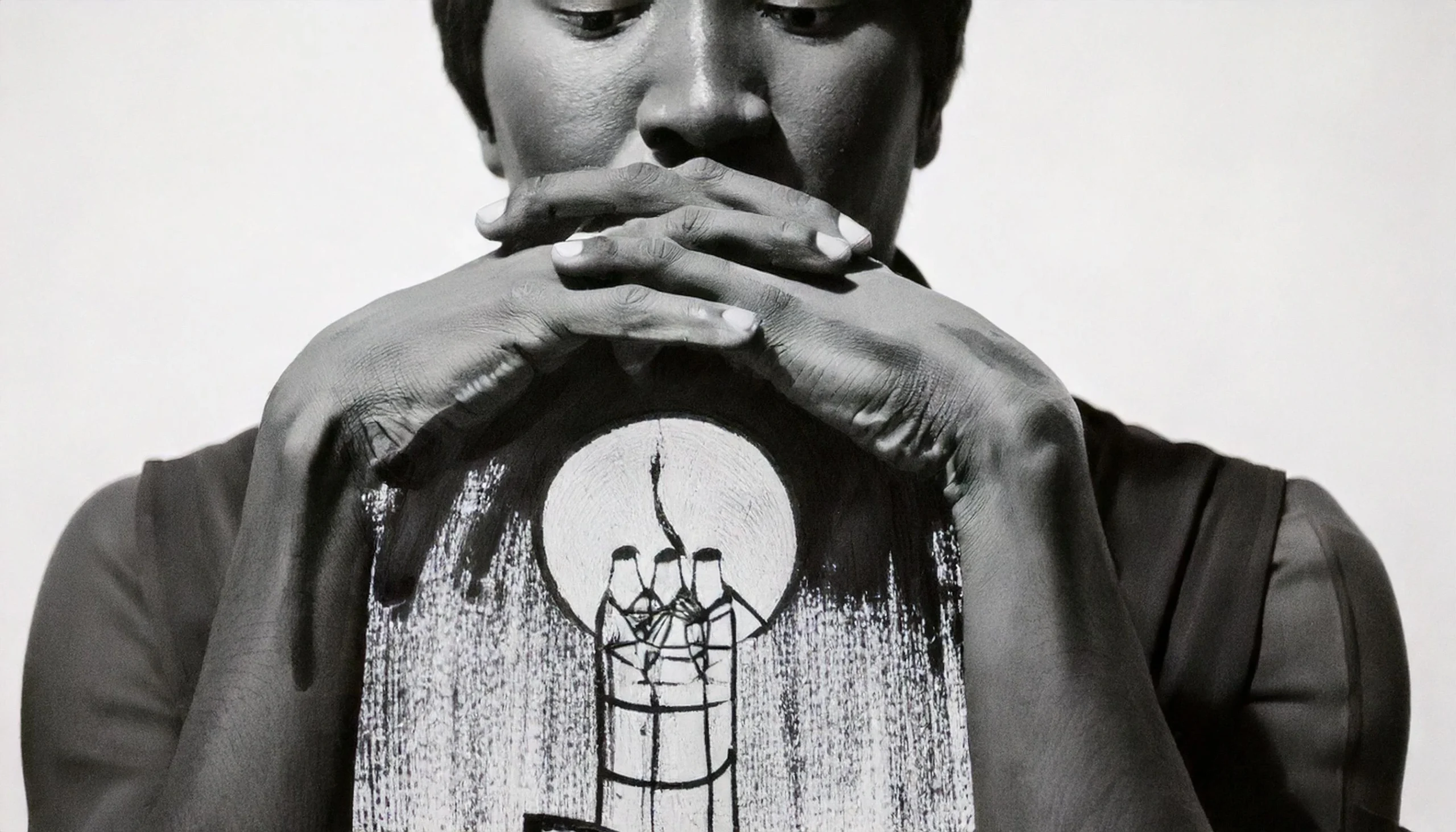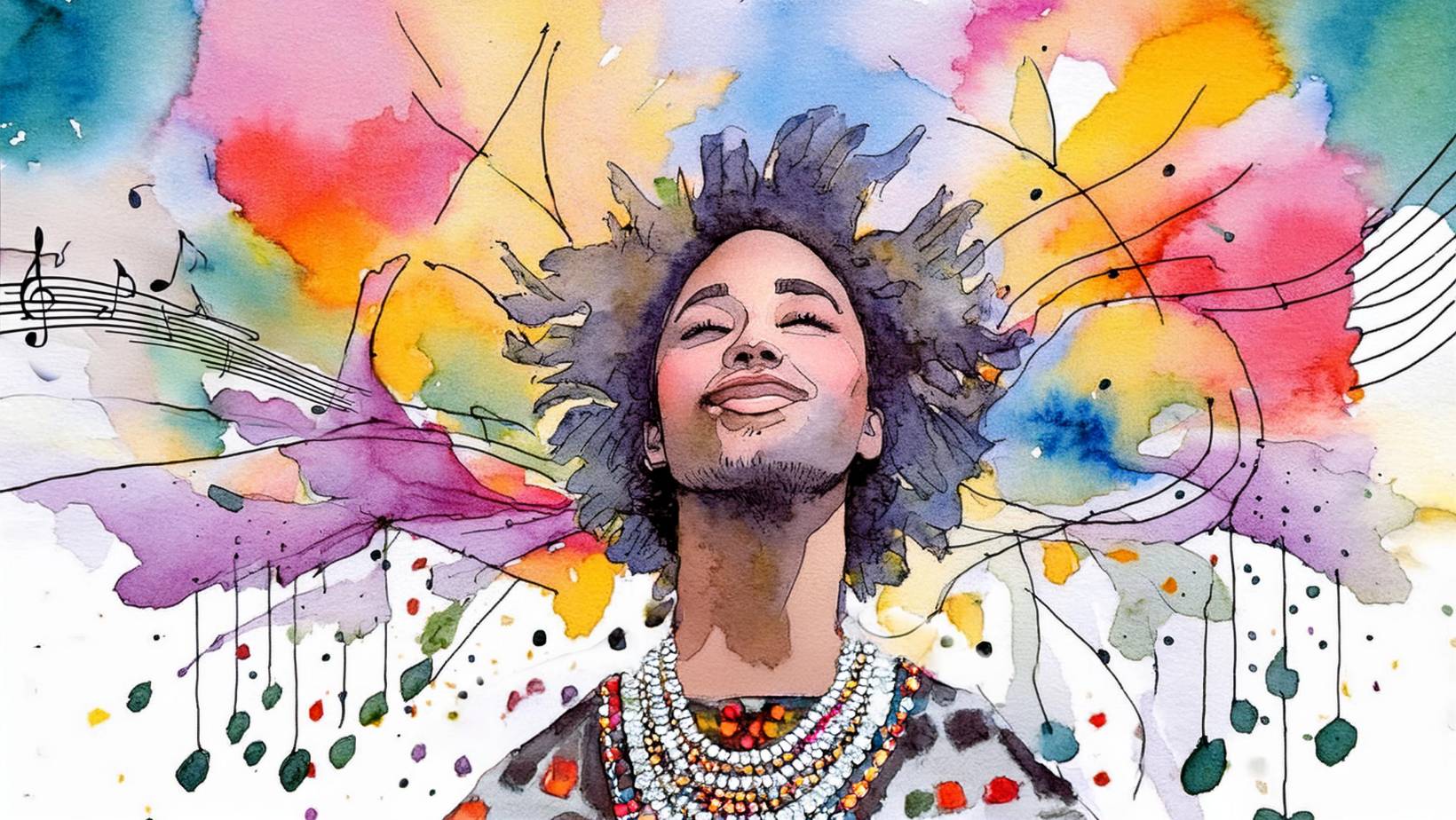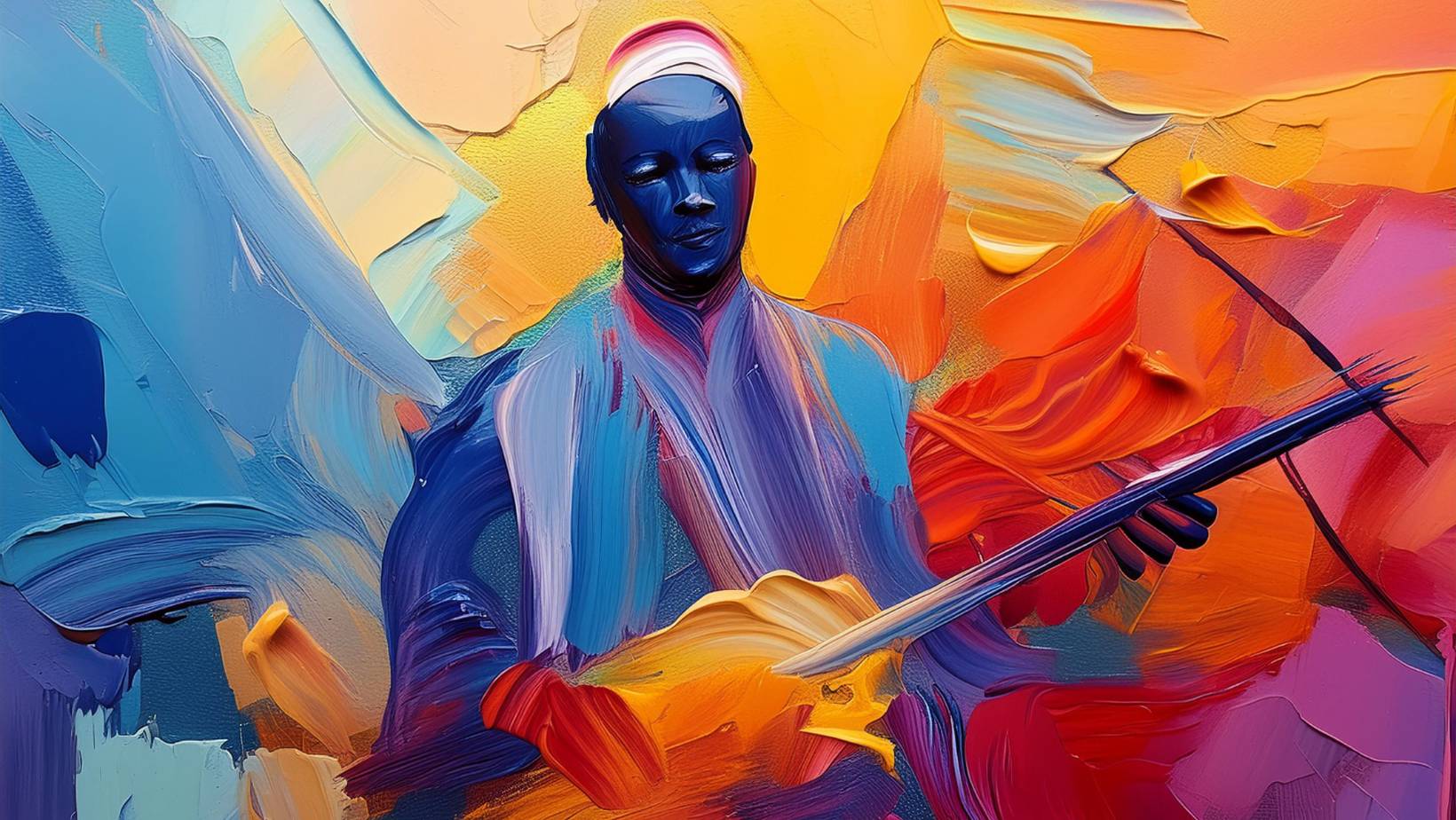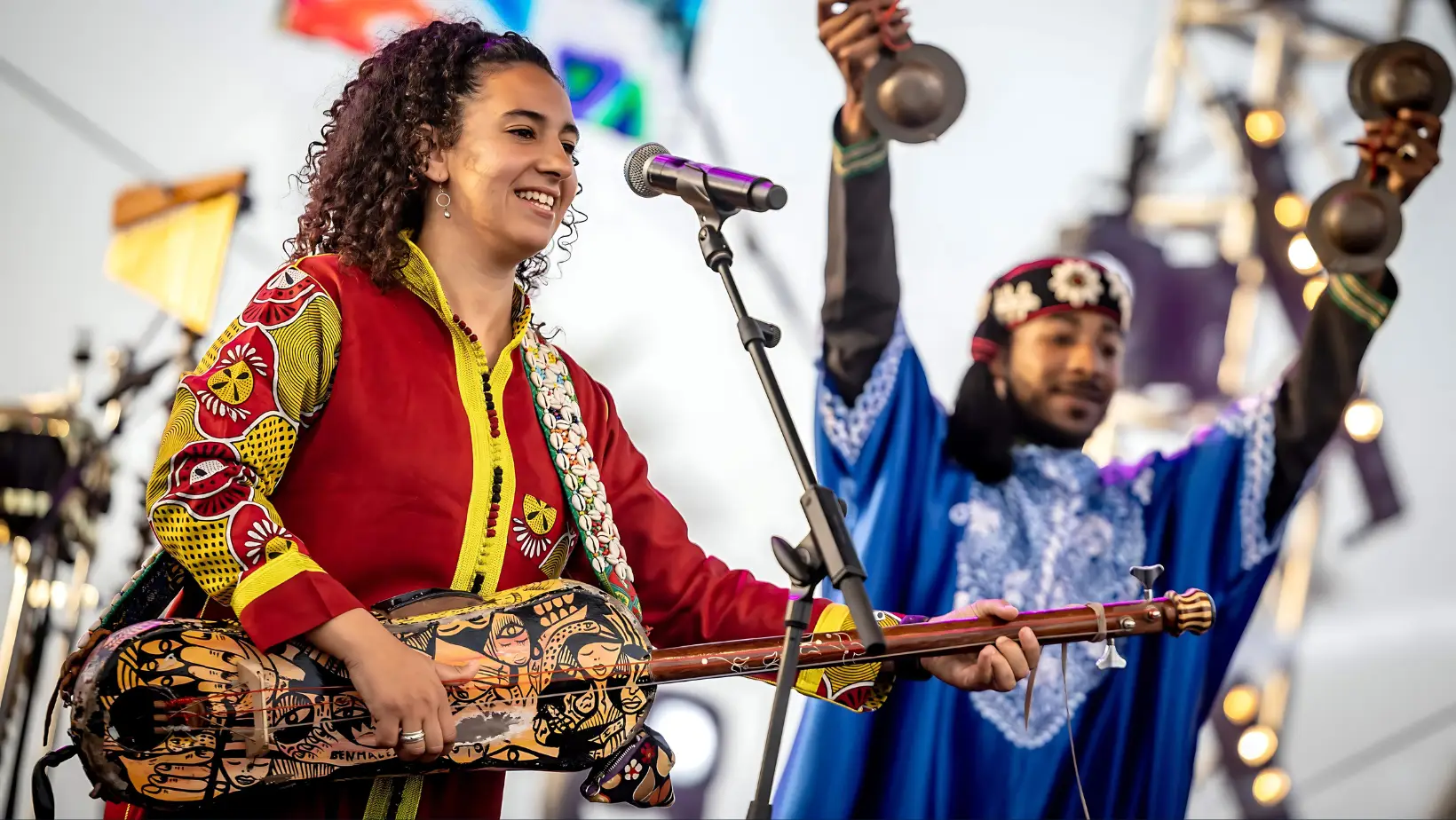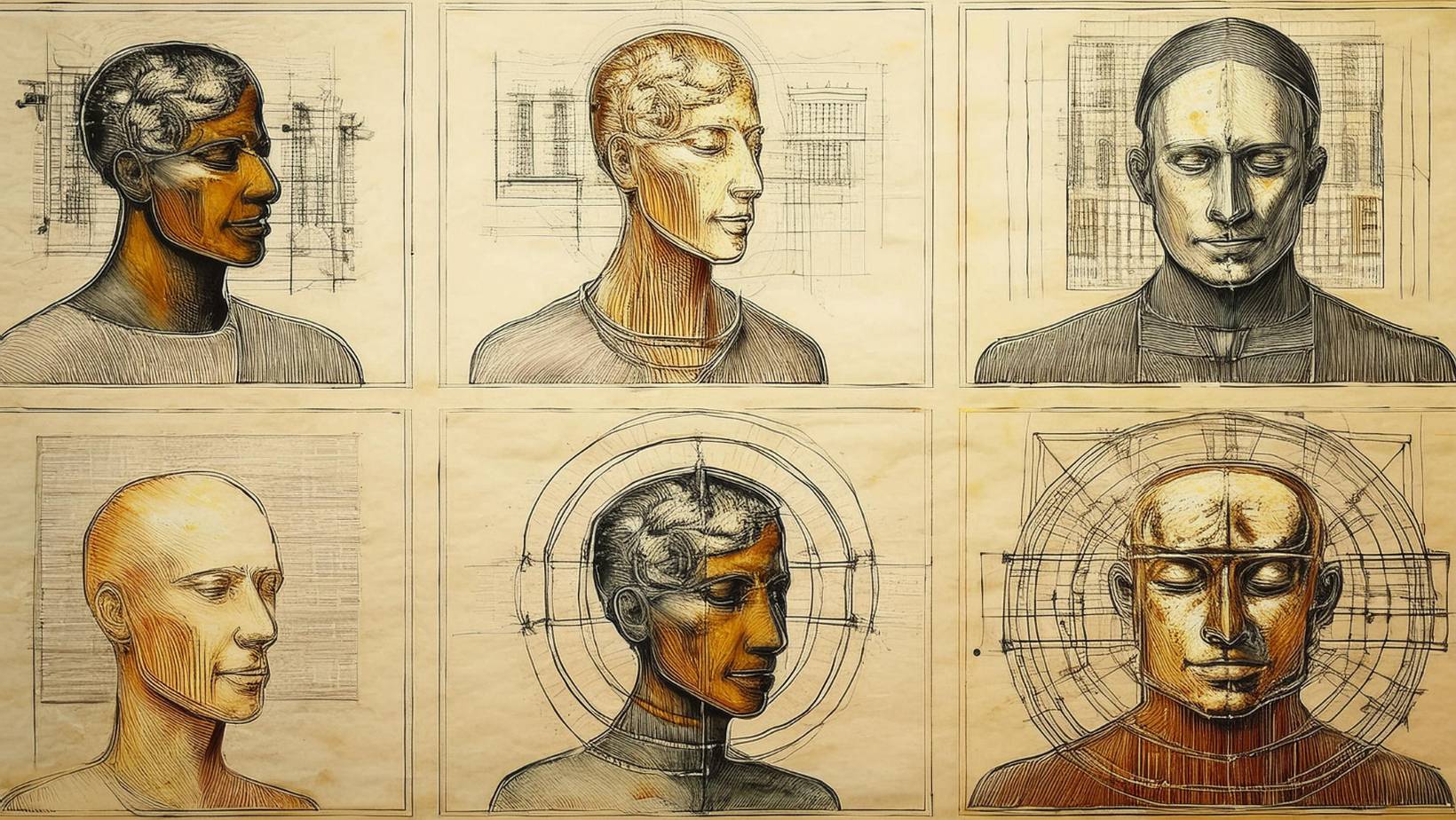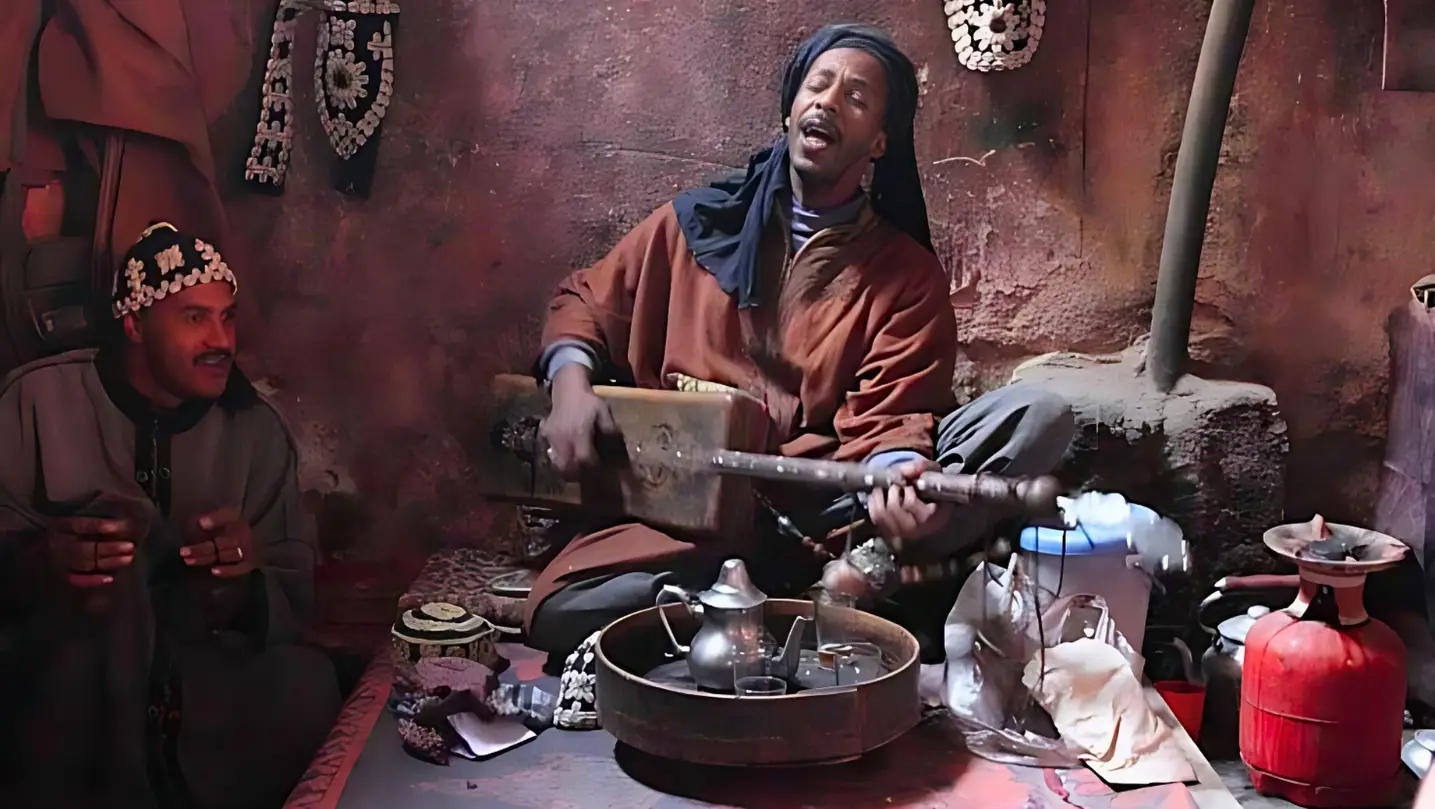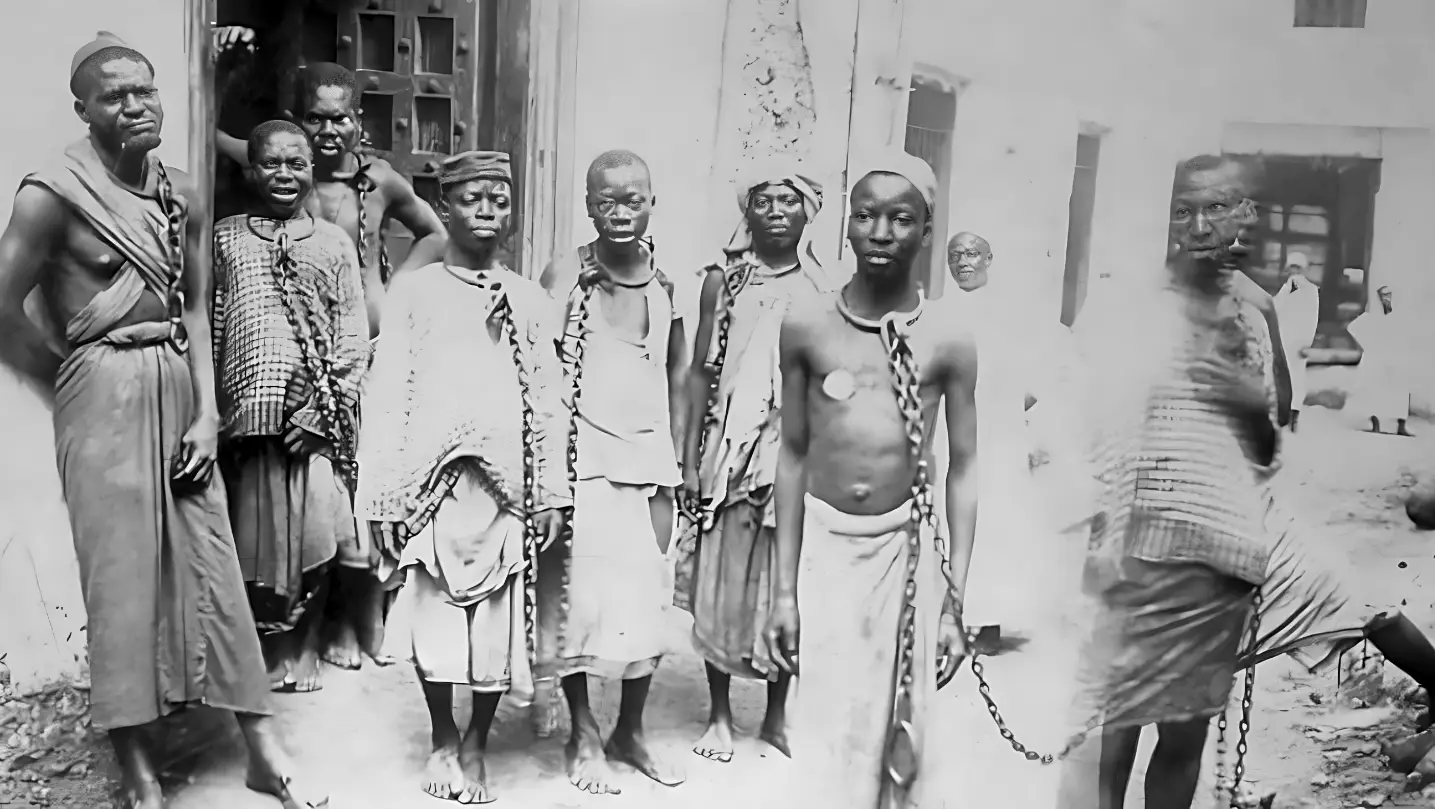The Guembri, also known as the Sintir or Hajhouj, is more than just a musical instrument; it is a symbol of the rich cultural heritage of Gnawa. This article explores the intricate process of crafting a Guembri and the deep symbolism embedded in its design and use.
Crafting the Guembri: A Detailed Process
The creation of a Guembri is a meticulous process that requires skill and dedication. Traditionally, the body of the Guembri is carved from a single piece of wood, often from the trunk of a fig or acacia tree. This choice of wood is not arbitrary; it is believed to enhance the instrument’s resonance and durability.
Steps in Manufacturing:
- Wood Selection and Carving: The selected wood is carefully carved into the desired shape, forming the body of the Guembri.
- Skin Preparation: The body is then covered with camel or goat skin, which is stretched and secured to create the soundboard.
- Stringing: The Guembri typically has three strings made from animal gut or nylon, which are attached to the body and tuned to produce the instrument’s distinctive deep, resonant tones.
- Decoration: Finally, the Guembri is often adorned with intricate carvings and decorations that reflect the artisan’s personal style and cultural motifs.
Symbolism and Cultural Significance
The Guembri is not just an instrument; it is a vessel of cultural expression and spiritual significance. In Gnawa rituals, the Guembri is used to invoke ancestral spirits and facilitate trance states. Each part of the Guembri carries symbolic meaning:
- The Body: Represents the human form, connecting the physical and spiritual realms.
- The Skin: Symbolizes the protective barrier between the material world and the spiritual world.
- The Strings: Often seen as a link between the past, present, and future, resonating with the voices of ancestors.
The Role of the Maâlem
The Maâlem, or master musician, plays a crucial role in the Gnawa tradition. They are not only skilled in playing the Guembri but also in crafting and maintaining it. The Maâlem’s deep understanding of the instrument’s construction and symbolism allows them to create music that is both technically proficient and spiritually profound.
Conclusion
The Guembri serves as a beautiful reminder of the rich and vibrant cultural heritage woven into the history of the Gnawa people. It embodies not only their cherished musical traditions but also the profound stories and spiritual journeys that have shaped their identity over generations. The intricate process of crafting this instrument, marked by the careful selection of materials and the artistry of skilled hands, adds to its allure. Each note played on the Guembri resonates with a deep symbolism, transporting us back to the heart of Gnawa culture and its enchanting ceremonies. In embracing the Guembri, we connect with the traditions and memories that define the Gnawa people, experiencing its essence as a cherished thread in their enduring narrative.
